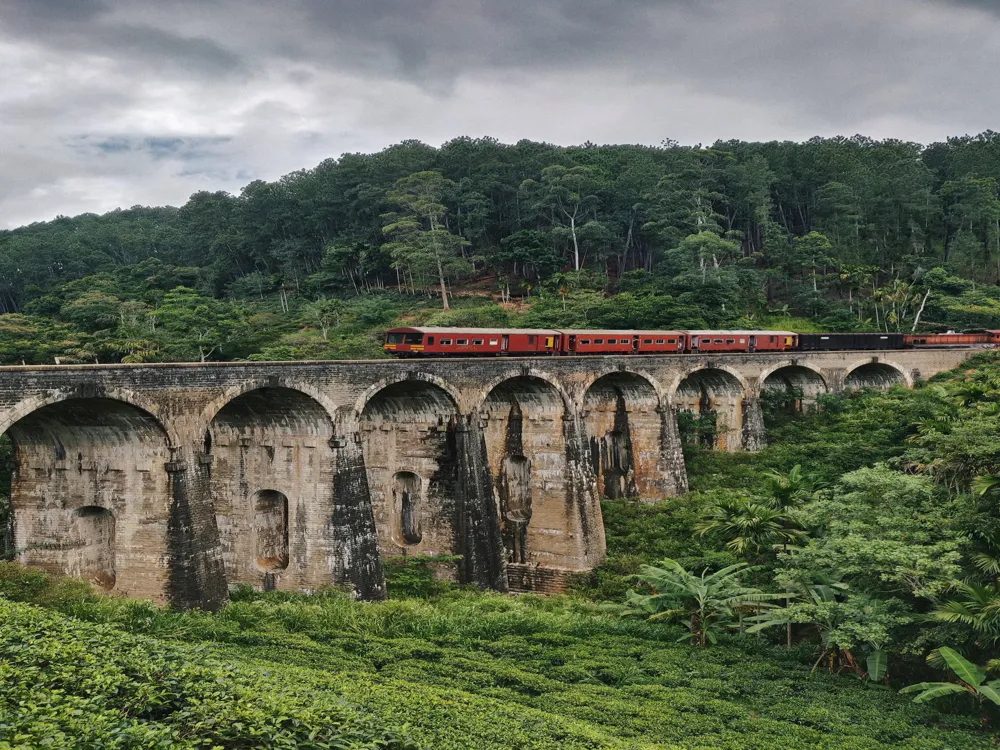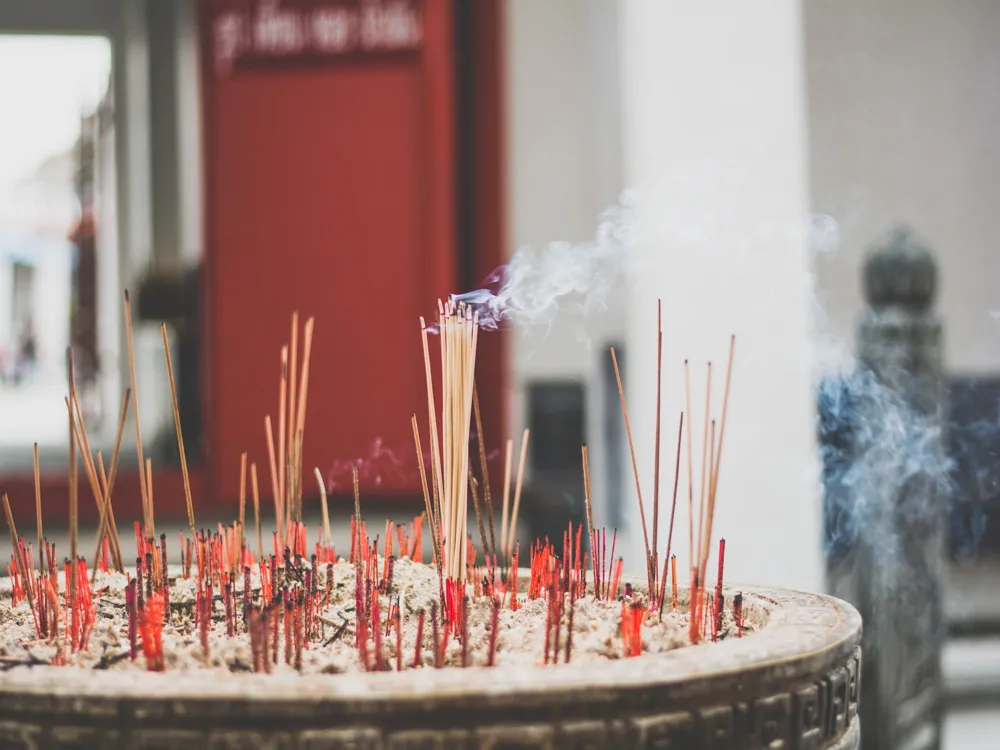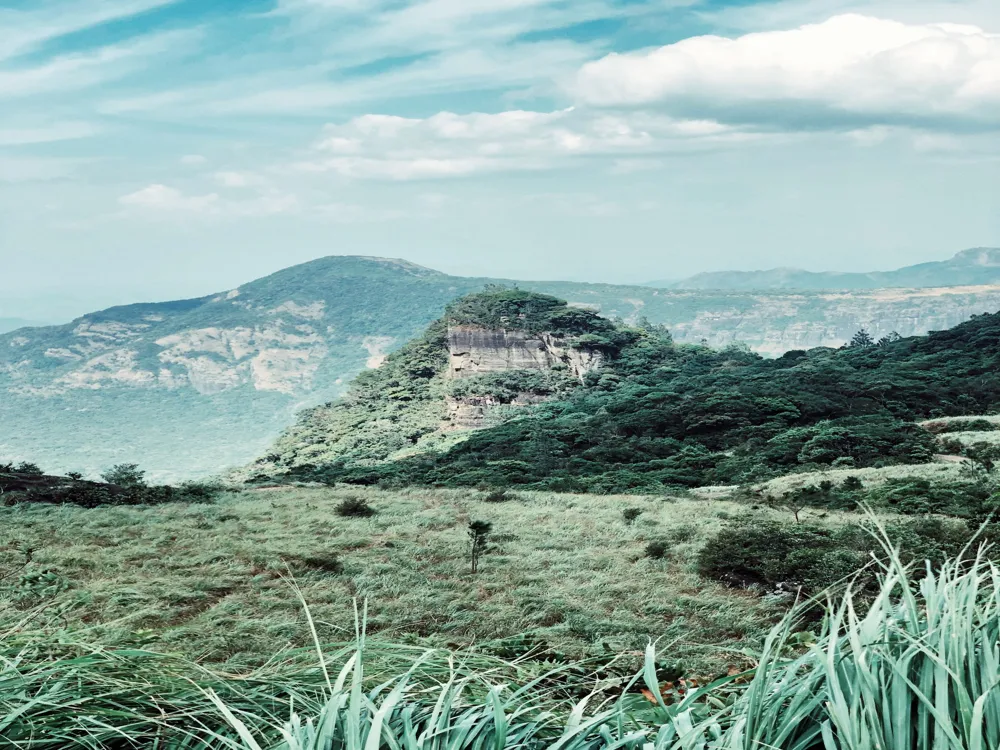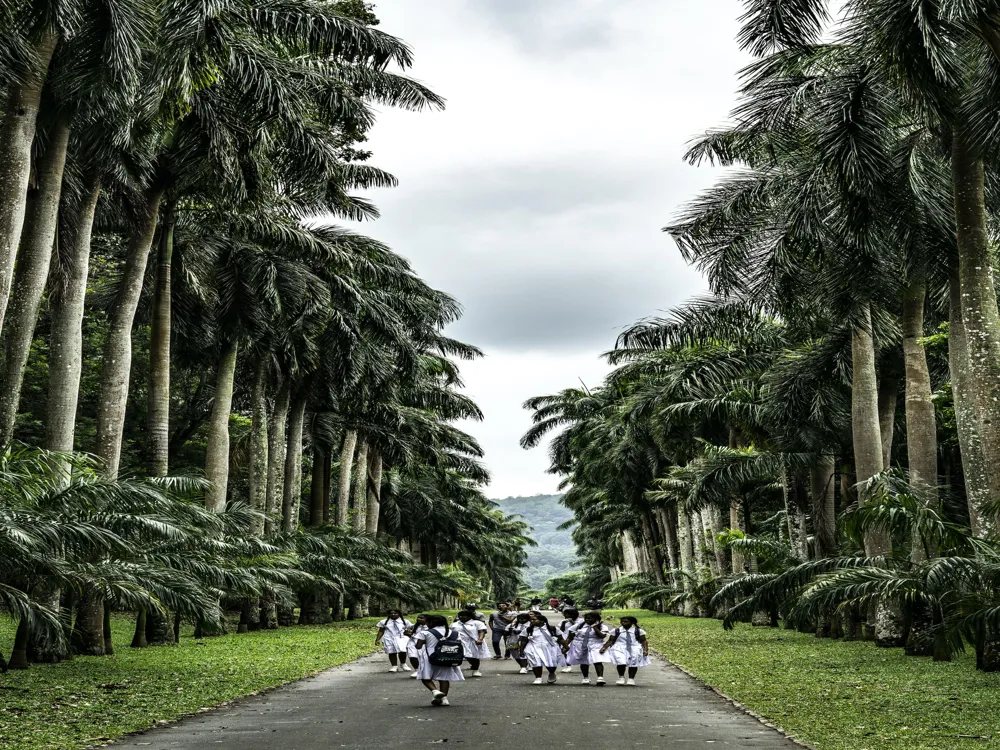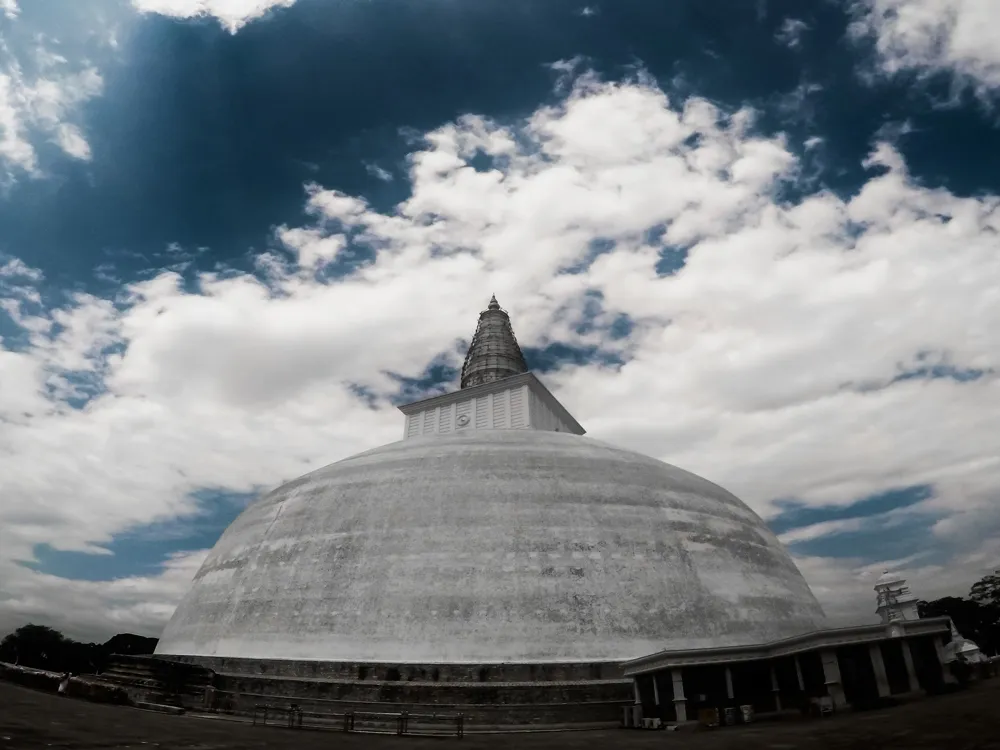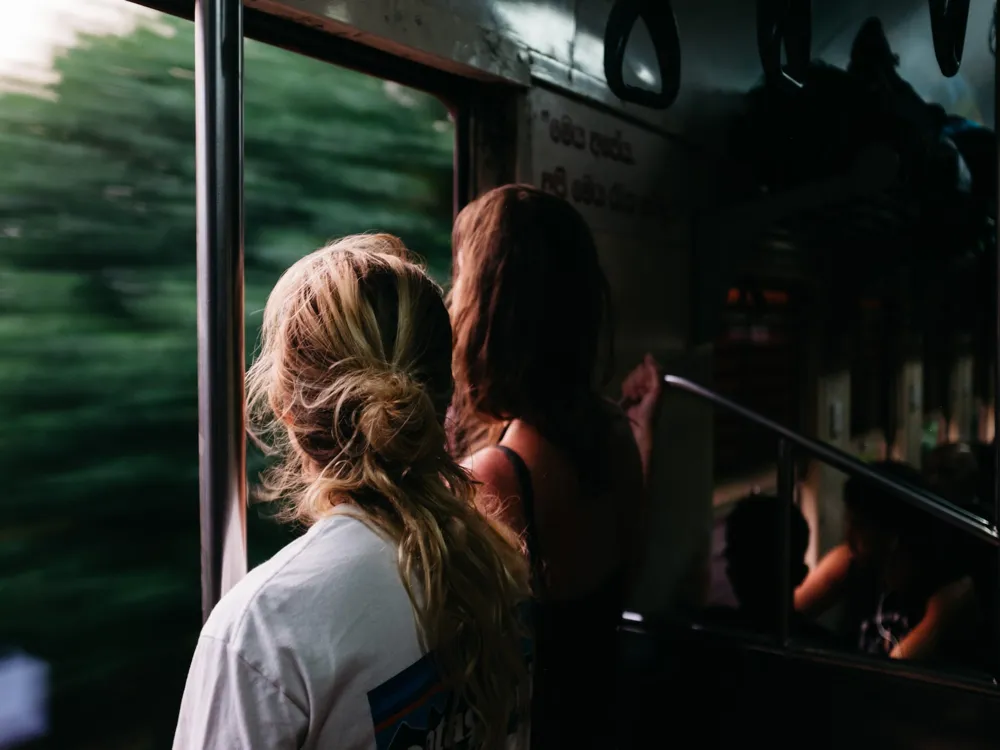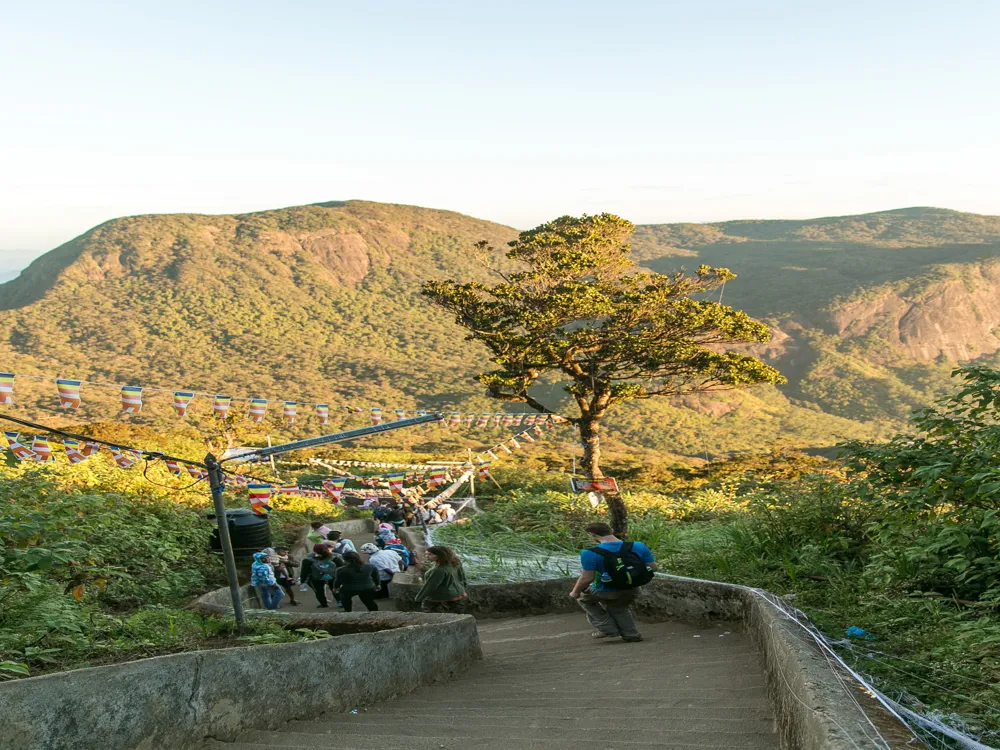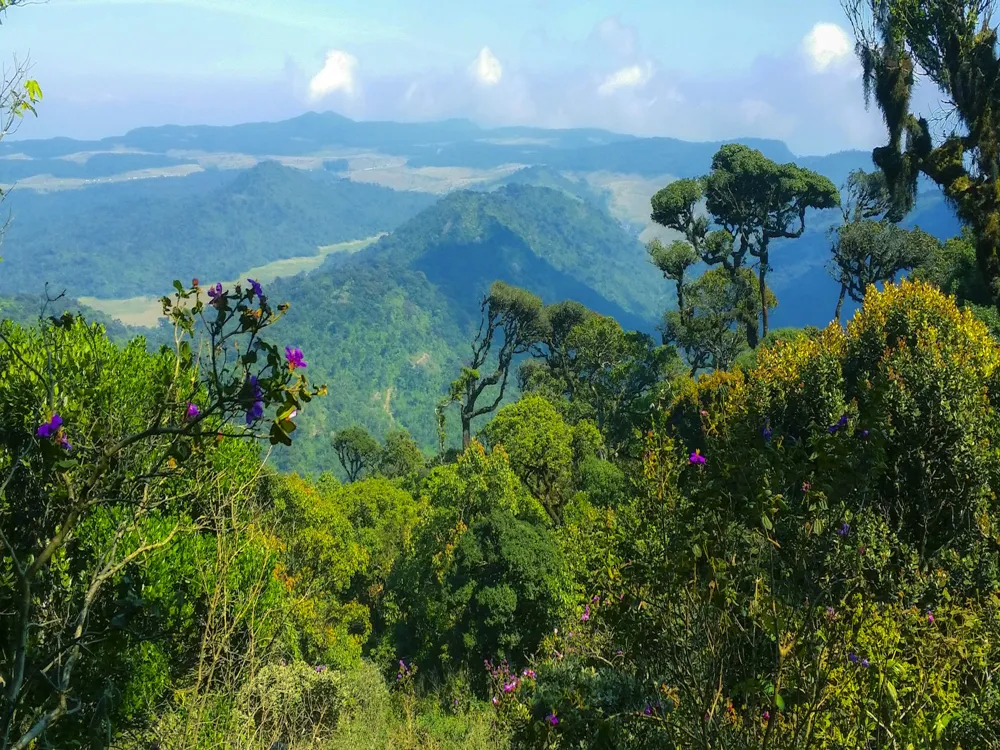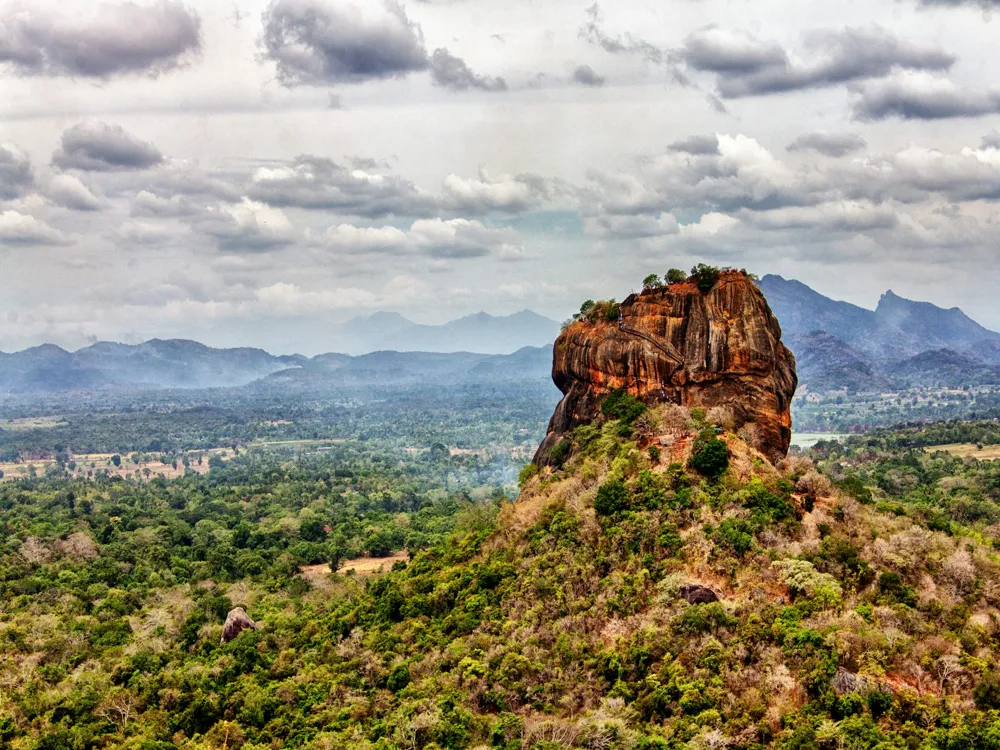Nalanda Gedige, nestled in the heart of Sri Lanka’s cultural triangle, is a hidden gem with a history shrouded in mystery. Often overlooked in favor of more prominent attractions, this ancient edifice offers a unique glimpse into the island's rich cultural and architectural heritage. Believed to date back to between the 8th and 10th centuries AD, Nalanda Gedige is an intriguing fusion of Hindu and Buddhist architectural styles, making it a significant site for both historical and religious studies. The temple's origins are as enigmatic as its architecture, with various theories suggesting it was either a Buddhist monastery or a Hindu temple. What adds to its allure is the lack of historical records, leaving much to the imagination and scholarly conjecture. Its central location in Sri Lanka, at Matale, adds to the theory that it might have been at the crossroads of an ancient trade route, hinting at a past bustling with cultural and commercial exchanges. Architecturally, Nalanda Gedige is a marvel. It exhibits a seamless blend of South Indian Pallava and Sinhalese designs. This amalgamation is visible in its intricate carvings, elaborate friezes, and the unique layout of the temple. The stone temple, built entirely without the use of mortar, showcases the advanced construction techniques of its time. The carvings on the temple walls are not only artistically significant but also provide insights into the socio-cultural aspects of the period. Scenes depicting various Hindu deities, as well as Buddhist motifs, are found in abundance, signifying the harmonious coexistence of the two religions. The architecture of Nalanda Gedige is a testament to the skilled craftsmanship and the rich cultural tapestry of ancient Sri Lanka. The structure stands as an embodiment of the fusion between South Indian Pallava and traditional Sinhalese architectural styles. The temple, primarily constructed from stone, exhibits a stark resemblance to the Pallava temples of South India, yet it incorporates distinct Sinhalese elements, making it a unique architectural marvel. The temple’s design follows a mandapa (hall) style, common in South Indian temple architecture, but the detailed carvings and spatial organization reflect Sinhalese artistry. The stone carvings, a highlight of Nalanda Gedige, feature intricate designs and motifs that include dancers, musicians, mythical animals, and floral patterns. These carvings are not just decorative elements; they are a window into the past, offering insights into the religious and cultural ethos of the era. Another remarkable aspect of the temple's architecture is its construction technique. The interlocking stone slabs, assembled without the use of mortar, demonstrate an advanced understanding of stone masonry and structural engineering. This technique ensured the temple's durability, allowing it to withstand the test of time. The layout of the temple, with its central chamber (garbhagriha) and surrounding hall (mandapa), follows a typical South Indian temple plan, yet the execution of these elements displays a distinct Sinhalese influence. The ideal time to visit Nalanda Gedige is during the cooler months from December to February, when the weather is pleasant, enhancing your exploration experience. As a historical and religious site, visitors are advised to dress modestly and conduct themselves respectfully to maintain the sanctity of Nalanda Gedige. Photography is allowed, but it's important to be mindful not to disturb other visitors and to adhere to any site-specific photography rules. Nalanda Gedige is accessible via road and is located approximately 20 kilometers from the town of Matale. Visitors can opt for public transport like buses or trains to Matale and then hire a taxi or tuk-tuk to reach the site. For those driving, the site is well connected through the central road network of Sri Lanka, making it an easy and scenic drive. For international tourists, the nearest airport is Bandaranaike International Airport in Colombo. From there, one can take a domestic flight to the closer airports like Sigiriya or hire a car to drive to Matale. The journey offers a beautiful glimpse into the countryside and the diverse landscapes of Sri Lanka.Overview of Nalanda Gedige, Matale
Architecture of Nalanda Gedige
Tips When Visiting Nalanda Gedige
Best Time to Visit
Respecting the Site
Photography
How To Reach Nalanda Gedige
Nalanda Gedige
Matale
NaN onwards
View matale Packages
Weather :
Tags : Temple
Timings : 24 Hours (Best visiting hour - 9:00 AM - 5:00 PM)
Planning a Trip? Ask Your Question
Matale Travel Packages
View All Packages For Matale
Top Hotel Collections for Matale

Private Pool

Luxury Hotels

5-Star Hotels

Pet Friendly
Top Hotels Near Matale
Other Top Ranking Places In Matale
View All Places To Visit In matale
View matale Packages
Weather :
Tags : Temple
Timings : 24 Hours (Best visiting hour - 9:00 AM - 5:00 PM)
Planning a Trip? Ask Your Question
Matale Travel Packages
View All Packages For Matale
Top Hotel Collections for Matale

Private Pool

Luxury Hotels

5-Star Hotels

Pet Friendly







